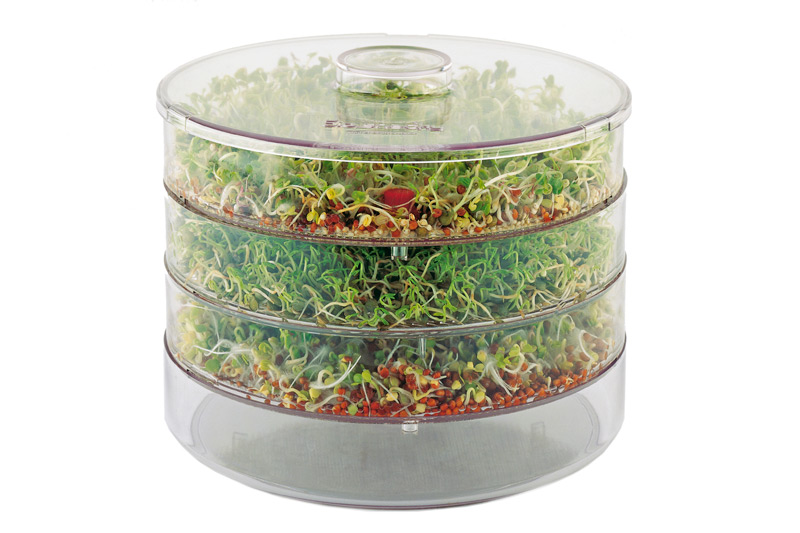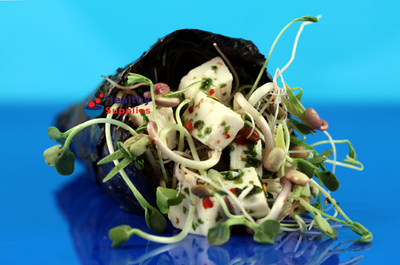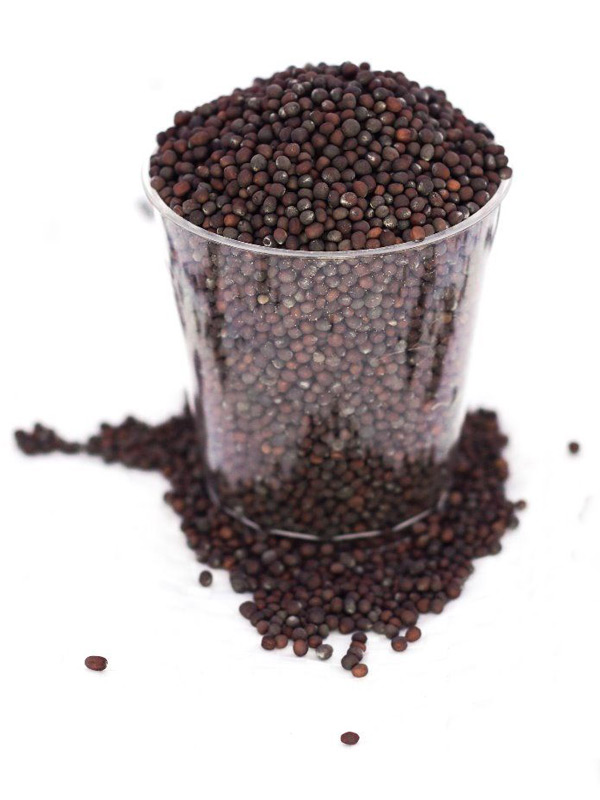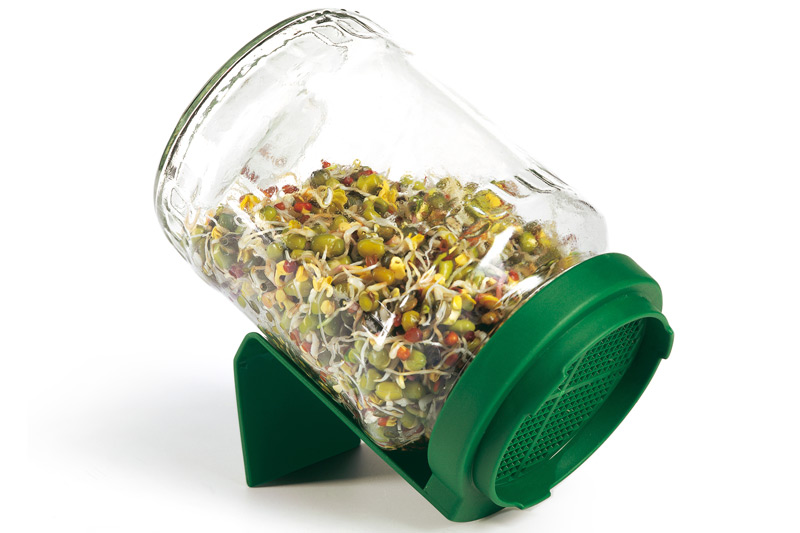Sprout for Victory!
You may have been to a fancy restaurant where meals have been served topped with a little tangle of colourful microgreens, very young plant shoots that have just emerged from their seeds. They certainly look great, but are they there just to make your meal more pretty, or is there any nutrition in them?
We’re very happy to say these eager little fast-growing sprouts are superstars when it comes to packing a nutritional punch. Dainty and delicately-flavoured they may be, but in terms of vitamins, minerals and all kinds of fantastically beneficial plant compounds, they’re hugely robust, and offer more goodness than the vast majority of plant foods.
So let’s take a closer look at the wonders of sprouting and investigate why everyone should get their own sprouting operation up and underway!

Sprouting massively increases antioxidants
In 2010, some Russian scientists created a databank showing how much sprouting increased the antioxidant value of a huge array of plant seeds. Antioxidants are important in our diets as they protect our cells against damage from free radicals, unstable molecules which disrupt our biological processes, age us and can lead to chronic disease. The antioxidant content of the dry seeds was measured and compared to measurements taken on day five of the sprouting process. The research uncovered some stunning data.[1] For example, sprouted Lentils doubled their antioxidants by day 5. And while dry Chickpeas had an antioxidant score per 100g of 84, on day 5 of sprouting, this had rocketed to 503. The real overachiever was Amaranth, which from a lowly antioxidant score of 10 per 100g, exploded upwards to a whopping score of 200.
Baby plants have more vitamins
In 2012, the Journal of Agricultural and Food Chemistry published research conducted at the University of Maryland showing that sprouting made levels of vitamins jump through the roof.[2] Also hugely boosted was the content of carotenoids, plant pigments that are brilliant for the health of our eyes, heart and most of the rest of our bodies too. Among the best performers were Amaranth and Radish seeds. In many seeds, levels of ascorbic acid (Vitamin C) shot up, while the amount of phylloquinone (Vitamin K) was also particularly impressive in many cases, especially in Amaranth and Pea shoots. There was also a big rise in a lot of sprouts in levels of phosphorous, magnesium and folate (Vitamin B9). Levels of protein also increased enormously – not only that, but there was also a big rise in the ability of these proteins to be digested by our bodies.
It's an incredibly cheap way to get huge amounts of nutrition
Not only does sprouting monumentally increase a seed’s nutritional profile, it also means you’re getting an amazing amount of goodness for a very small amount of money. The nutritionist Michael Greger, who runs the excellent non-profit website Nutrition Facts has put Broccoli Sprouts at the top of his ‘Biggest nutrition bang for your buck’ list.[3] The beauty of making your own sprouts is that it’s simple to do and you can get sprouts going whenever you like, all year round. Seeds will keep indefinitely in the kitchen cupboard, ready to be brought to life with some very easy-to-use Germinating equipment.
If you’re trying to impress family, friends or lovers with an Instagram-friendly ‘chefy’ flourish, there’s aren’t many things more elegant and attractive than presenting a meal topped with some gorgeous little microgreens. Why not try this amazing recipe for Nori Tofu Wrap with Homegrown Bean Sprouts made with sprouted Mung beans? If you use an assortment of different sprouts, it’ll look even prettier – these China Rose Radish seeds, for instance, sprout with lovely streaks of red, while Beetroot seeds sprout into a wonderful pink jungle, a bit like candyfloss in close-up!
What better way is there to get kids interested in nutrition than encouraging them to make their own sprouts? A Seed sprouting kit makes a fantastic gift for a youngster with an enquiring mind – there’s no sharp knives or hot stoves involved, and they’ll be able to take ownership of their own little twisty, magical forest of goodness. At the end of it, they’ll have a massive boost for their brain and body from all the nutrients, and they won’t drive mum & dad loopy from the sugar rush you’d have inspired if you’d bought them M&Ms instead!
A special mention to Broccoli Sprouts
The sprouts that grow from Broccoli Seeds are in a class of their own, truly near the top of the list of the most nutritious things you can put in your body. Like all cruciferous vegetables (a group that includes cabbage, watercress, cauliflower, radish, Kale and Brussels sprouts), Broccoli contains sulforaphane, a compound with utterly fantastic health-giving properties. It lays waste to breast cancer cells.[4] It gives a massive helping hand to the detoxifying power of our liver, and is a potent tool for blood glucose control in diabetics.[5] A lot of its health-giving powers seem to stem from its ability to activate NRF2, a protein which plays a pivotal role in the body’s response to oxidative damage.[6] In the medical community, sulforaphane is now considered as a naturally-occurring super-weapon for the prevention and treatment of chronic disease.[7]
[1]https://www.ncbi.nlm.nih.gov/pmc/articles/PMC6259240/
[2]https://www.researchgate.net/publication/229425323_Assessment_of_Vitamin_and_Carotenoid_Concentrations_of_Emerging_Food_Products_Edible_Microgreens
[3]https://nutritionfacts.org/video/biggest-nutrition-bang-for-your-buck/
[4]https://www.ncbi.nlm.nih.gov/pmc/articles/PMC2862133/
[5]https://stm.sciencemag.org/content/9/394/eaah4477.short
[6]https://www.ncbi.nlm.nih.gov/pmc/articles/PMC4680839/
[7]https://www.ncbi.nlm.nih.gov/pmc/articles/PMC6815645/








